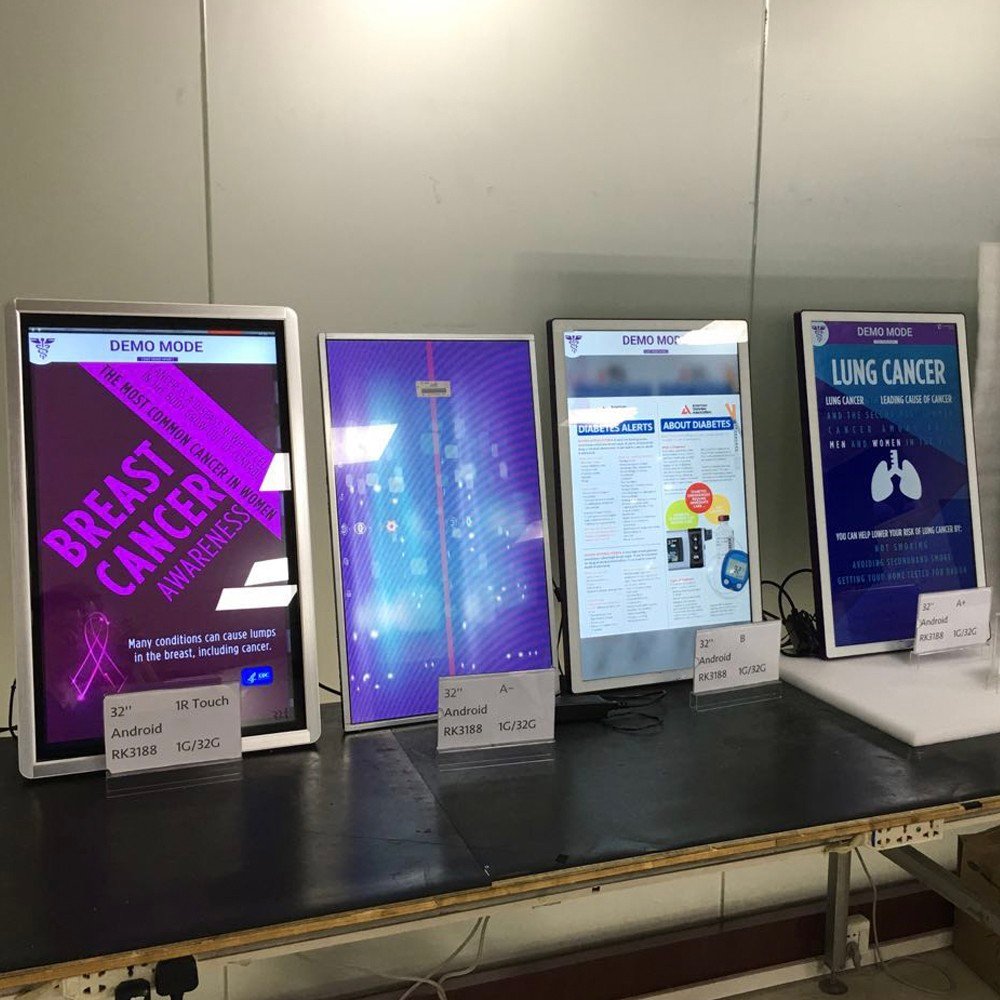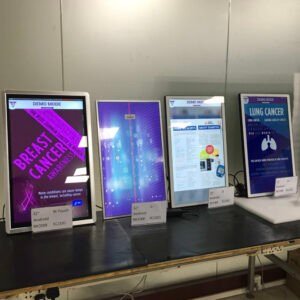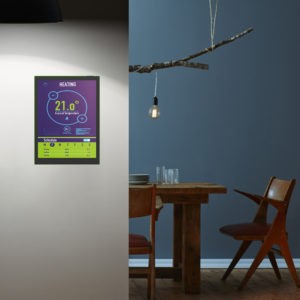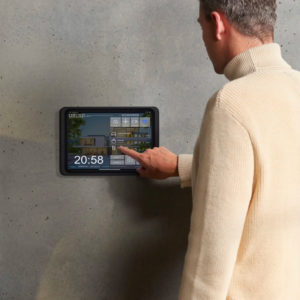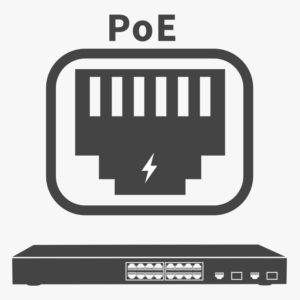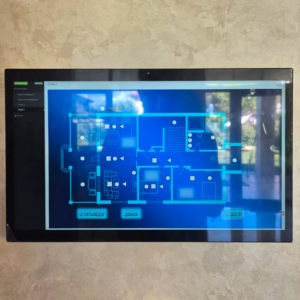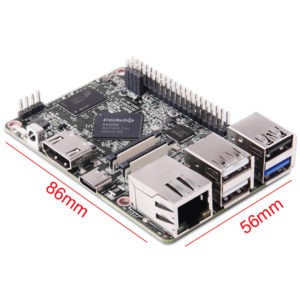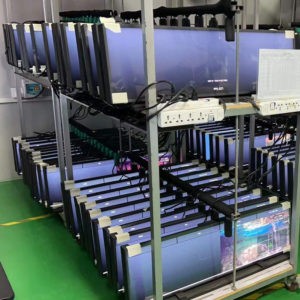In today’s fast-paced healthcare environment, technology plays a pivotal role in enhancing patient care and operational efficiency. One of the most innovative advancements is the interactive display for healthcare, designed to improve communication, education, and engagement between healthcare providers and patients. This article explores the features and benefits of our cutting-edge interactive display, highlighting its unique specifications and applications in healthcare settings.
Key Features of Our Interactive Display
1. Android OSD
The interactive display is equipped with advanced touch screen technology, enabling seamless interaction. Whether it’s for patient education or staff training, the touch functionality ensures that users can engage with the content effortlessly.
2. Powerful Performance with Rockchip 3399
At the heart of our display is the Rockchip 3399 processor, which delivers high performance for multitasking and running demanding applications. This ensures that healthcare providers can use the display for various purposes without lag or interruptions.
3. Ample Storage and Memory
With 4GB RAM and 32GB ROM, our interactive display provides sufficient memory and storage for applications, patient data, and multimedia content. This capability is crucial for healthcare environments where quick access to information is essential.
4. Versatile Connectivity
Our display is designed with multiple connectivity options, including:
- HDMI In for connecting other video resources.
- WiFi and RJ45 for reliable internet connection, allowing access to online resources and cloud-based applications.
- Bluetooth support for connecting peripherals and devices wirelessly.
5. In-Cell Technology
The in-cell technology used in our displays enhances image quality and touch responsiveness, providing a superior user experience. This is particularly beneficial in healthcare settings where clear visuals and quick response times are critical.
6. Available Sizes
Our interactive display is available in various sizes to suit different healthcare environments:
- 14 inch – Ideal for small spaces or personal use.
- 16 inch – A versatile option for patient rooms or consultation areas.
- 21.5 inch – Perfect for waiting areas or small clinics.
- 24 inch – Suitable for larger spaces that require more visibility.
- 32 inch – Excellent for presentations or interactive kiosks.
Benefits of Interactive Displays in Healthcare
Enhanced Patient Engagement
Interactive displays empower patients by providing them with access to educational content about their conditions and treatments. This fosters better understanding and involvement in their healthcare journey.
Improved Communication
These displays facilitate clear communication between healthcare providers and patients, ensuring that important information is conveyed effectively. This can lead to better patient outcomes and satisfaction.
Streamlined Operations
By integrating various applications and resources into a single platform, healthcare facilities can streamline their operations, reducing the time spent on administrative tasks and allowing staff to focus more on patient care.
Versatile Applications
From patient education to staff training and telemedicine, interactive displays can be utilized in various ways. Their adaptability makes them a valuable tool in any healthcare setting.
What types of healthcare facilities can benefit from interactive displays?
Interactive displays can be used in hospitals, clinics, nursing homes, and outpatient facilities, enhancing patient engagement and staff training across various settings.
How does the touch screen technology work in a healthcare environment?
The touch screen technology allows users to interact with the display using their fingers, making it easy to navigate applications, view information, and engage with educational content.
Can the interactive display connect to other devices?
Yes, the display features HDMI, WiFi, RJ45, and Bluetooth connectivity, allowing it to connect to other devices and resources seamlessly.
What is in-cell technology, and why is it important?
In-cell technology integrates touch sensors within the display panel, resulting in better image quality and responsiveness. This is crucial in healthcare settings where clarity and quick interaction are essential.
How do I choose the right size for my healthcare facility?
The choice of size depends on the intended use and available space. Smaller sizes like 14 and 16 inches are suitable for personal use, while larger sizes like 24 and 32 inches are ideal for presentations and shared spaces.
Conclusion
As healthcare continues to evolve, the integration of technology like interactive displays is essential for improving patient care and operational efficiency. With features such as an Android OSD, touch screen functionality, and robust connectivity options, our interactive display is designed to meet the diverse needs of healthcare facilities. By investing in this innovative technology, healthcare providers can enhance patient engagement, streamline operations, and ultimately improve health outcomes.
